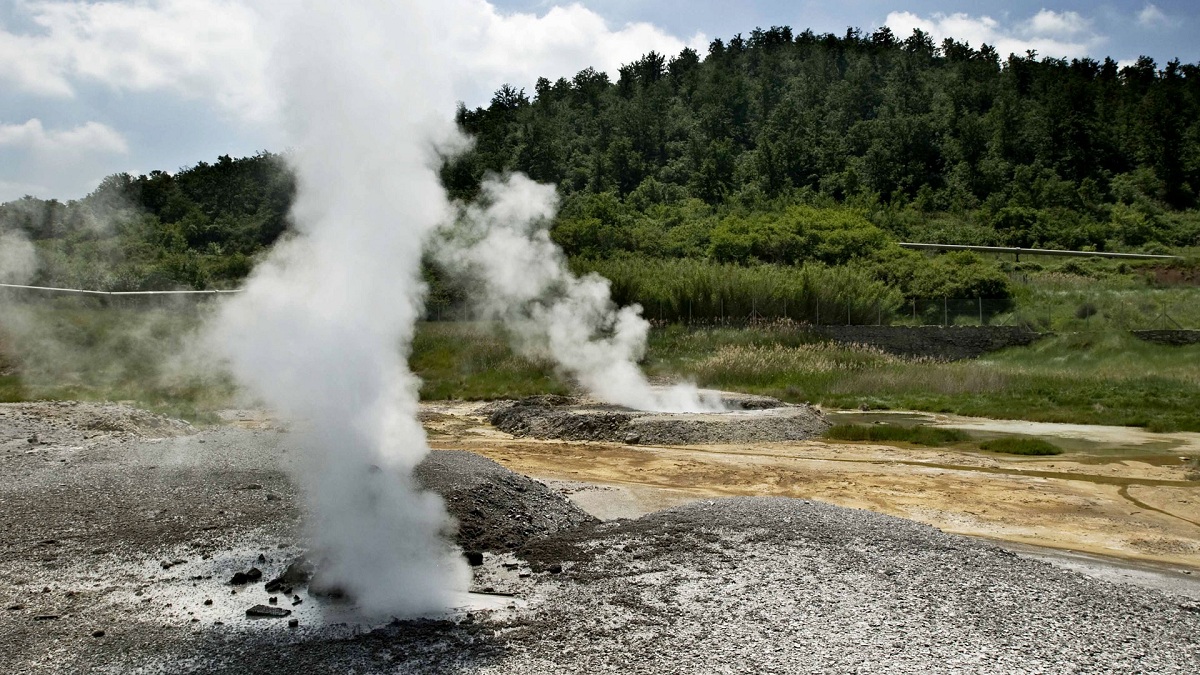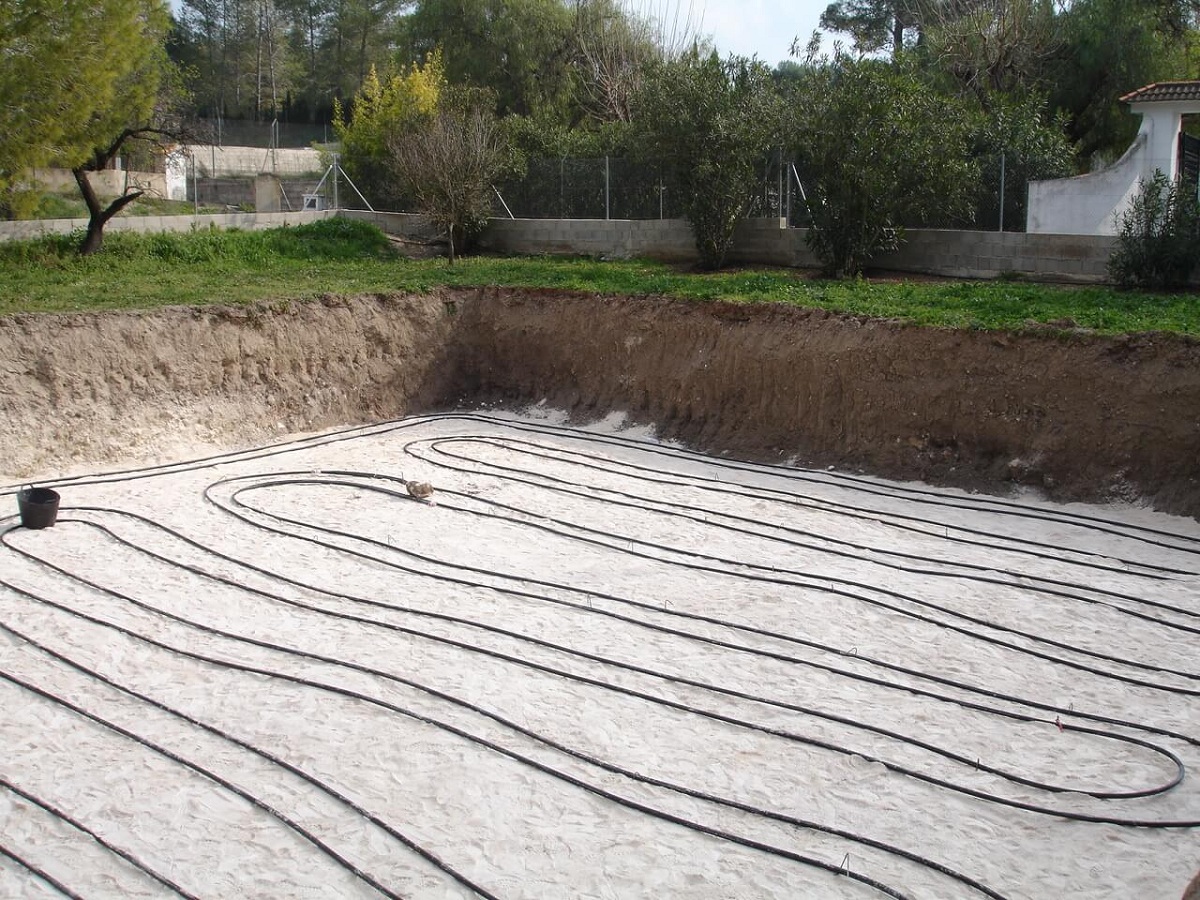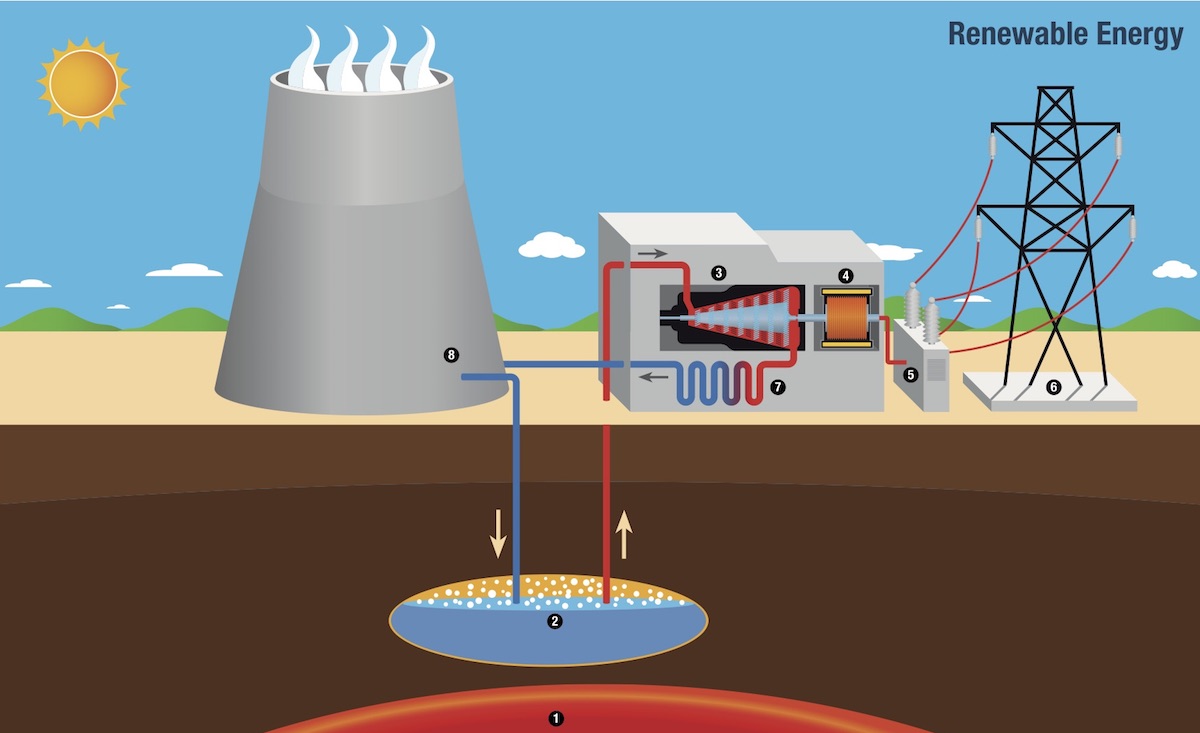
Due to the high competitiveness and greater efficiency of renewable energy, it is increasingly empty in the international market. There are many types of renewable energy (I think we all know that), but in fact, in renewables, we have found more "famous" energy sources, such as solar and wind, and other lesser-known energy sources such as energy geothermal. Many people still don't know how geothermal energy works.
Therefore, we are going to dedicate this article to tell you everything you need to know about how geothermal energy works and how important it is.
Geothermal Energy

Before knowing how geothermal energy works, we must know what it is. Geothermal energy is a renewable energy source based on the use of heat that exists in the ground below the ground. In other words, it uses the heat from the inner layers of the earth and generates energy with it. Renewable energy often uses external elements such as water, air, and sunlight. However, geothermal energy is the only energy source that is free from this external norm.
There is a temperature gradient deep in the ground where we step. In other words, the temperature of the earth will get closer and closer to the core of the earth as we go down. It is true that the deepest depth of sound that humans can reach does not exceed 12 km, but we do know that temperature gradients will increase soil temperature by 2 ° C to 4 ° C every 100 meters. The slopes of the different regions of the planet are much larger, because the crust thins at this point. Therefore, the innermost layer of the earth (such as the hottest mantle) is closer to the surface of the earth and provides more heat.
How Geothermal Energy Works: Extraction

We are going to list which are the extraction sources to better understand how geothermal energy works.
Geothermal reservoirs
Deep thermal gradients in certain areas of the planet are more pronounced than in others. This leads to greater energy efficiency and power generation through the internal heat of the earth. Generally, the production potential of geothermal energy is much lower than that of solar energy (60 mW / m² for geothermal energy and 340 mW / m² for solar energy). However, where the mentioned temperature gradient is higher (called a geothermal reservoir), the power generation potential is much higher (up to 200 mW / m²). This enormous energy production potential generates heat accumulation in the aquifer, which can be used in industry.
To extract energy from geothermal reservoirs, a feasible market research must first be conducted, because drilling costs increase enormously with depth. That is, as we drill deeper, the effort to draw heat to the surface increases. Among the types of geological deposits, we have found three types: hot water, dry minerals and geysers.
Hot water reservoirs
There are two types of hot water reservoirs: source water and groundwater. The former can be used as a hot bath by mixing them a little with cold water to be able to bathe in it, but the former has the problem of its low flow. On the other hand, we have the underground aquifers, which are reservoirs with very high temperatures and little depth. This type of water can be used to extract your internal heat. We can circulate hot water through a pump to take advantage of its heat.
A dry deposit is an area where the rock is dry and very hot. In this type of reservoir there is no fluid that carries geothermal energy or any type of permeable material. It is the experts who introduced these types of factors to transfer heat. These fields have lower production and higher production costs. The disadvantage of this type of field is that the technology and materials for this practice are still economically unviable, so it must be developed and improved.
Geyser deposits
A geyser is a hot spring that naturally emits a column of steam and hot water. Few on this planet. Due to the sensitivity of geysers, geysers must be used in a highly rated and cautious environment so as not to reduce their operational performance. To extract heat from the geyser sediment, the heat must be used directly by the turbine to obtain mechanical vitality.
The problem with this extraction is that the reinjection of water at low temperatures will cool the magma and deplete it. It is also analyzed that the injection of cold water and the cooling of the magma cause small and frequent earthquakes.
How Geothermal Energy Works: Geothermal Power Plant
To know how geothermal energy works we must go to geothermal power plants. They are the places where this type of energy is generated. The operation of a geothermal power plant is based on a rather complex operation that works in a field-plant system. That is, energy is extracted from the interior of the Earth and carried to the plant where the electricity is generated.
The geothermal gradient of the geothermal field in which you work is higher than that of normal earth. That is, the temperature at depth rises more. This area with a higher geothermal gradient is generally due to the presence of an aquifer limited by hot water, and the aquifer is conserved and restricted by an impermeable layer that limits all heat and pressure. This is the so-called geothermal reservoir, where heat is extracted to generate electricity.
Geothermal extraction wells connected to power plants are located in these geothermal areas. The steam is extracted through a network of pipes and directed to the factory where the thermal energy of the steam is converted into mechanical energy and then into electrical energy. Once we have the electrical energy, we just have to transport it to the place of use.
I hope that with this information you can learn more about how geothermal energy works.
